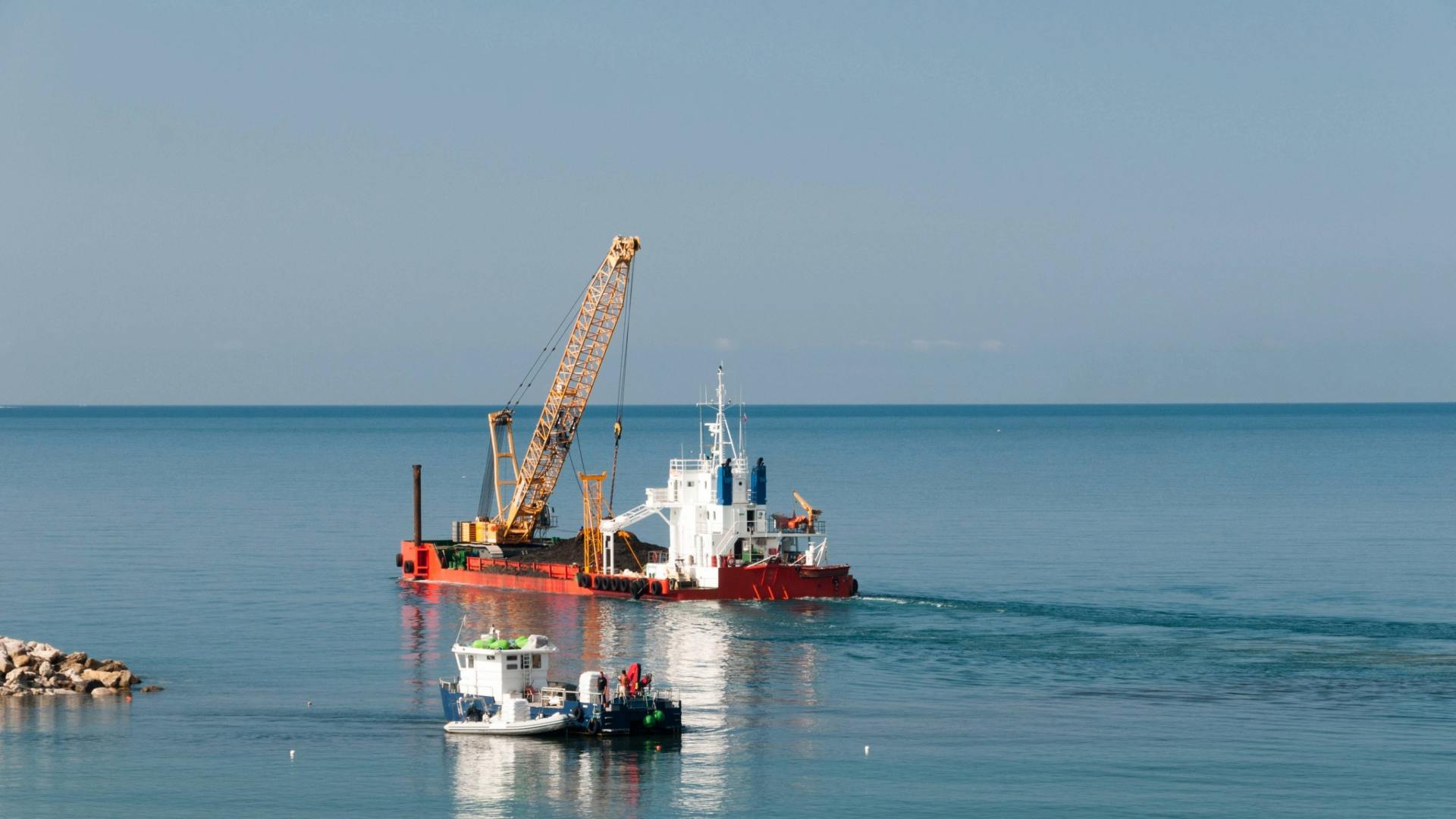Introduction
Jay Cashman, a leading name in marine infrastructure and dredging solutions, has successfully completed a strategic maintenance dredging operation at the U.S. Naval Station Mayport in Florida. This critical project, executed in collaboration with the U.S. Navy, aimed to restore safe navigational depth and ensure full operational capability of the harbor’s essential waterways and basins. The project marks a significant milestone in supporting naval readiness and marine safety at one of the East Coast’s key military installations.
Importance of Harbor Dredging at Naval Installations
Harbor dredging is a vital operation for military and commercial ports alike. Over time, silt, sediment, and organic material accumulate in navigation channels, turning basins, and boat slips, leading to reduced depth and navigability. At strategic military ports like Mayport, where warships, destroyers, and smaller patrol boats operate regularly, maintaining proper depth is not just a matter of logistics—it is a national defense priority.
U.S. Naval Station Mayport is home to multiple destroyer-class vessels and serves as a rapid-response hub for the U.S. Navy. Ensuring the harbor remains accessible at all tides is essential for day-to-day operations, emergency deployments, and long-term military planning. Regular maintenance dredging is key to preventing disruptions that could affect mission readiness.
Project Scope and Execution
The dredging project, led by Jay Cashman, involved restoring depth across several crucial sectors of the base’s waterway system:
- Bar Cut-3
- Mayport Entrance Channel
- Turning Basin
- Destroyer Basin
- Small Boat Basin
These locations were carefully selected based on bathymetric surveys and navigational risk assessments. Each area plays a specific role in the harbor’s function—from guiding large vessels into the harbor to docking smaller crafts and naval support boats.
The dredging operations involved removing accumulated sediment and organic matter, which had reduced water depth and posed risks to vessel safety. The dredged material was safely transported and disposed of at the Jacksonville Ocean Dredged Material Disposal Site (ODMDS), following all environmental regulations and U.S. Army Corps of Engineers guidelines.
Safety, Precision, and Environmental Stewardship
Jay Cashman’s approach to this harbor dredging project was defined by high standards in safety, environmental compliance, and operational precision. The company emphasized teamwork and continuous coordination with the U.S. Navy to minimize disruption to base activities and avoid delays.
“This milestone reflects several weeks of carefully coordinated activity between our project team and the U.S. Navy, executed with the highest standards of safety, efficiency, and operational excellence,” the company stated.
The team employed advanced dredging equipment, including mechanical and hydraulic systems, to efficiently manage both large and confined areas. Environmental considerations played a significant role, particularly in managing the dredged materials. By transporting them to the Jacksonville ODMDS, the project avoided adverse effects on nearby coastal habitats or marine ecosystems.
The Role of Maintenance Dredging in Naval Readiness
This project underscores the strategic value of maintenance dredging for military preparedness. When harbors are allowed to silt up, it limits the ability of large ships to maneuver, dock, or even enter at all during low tides or rough conditions. That risk is unacceptable for a high-traffic naval base like Mayport, which plays a key role in Atlantic fleet operations.
With the channels and basins now fully restored to required depth levels, vessels can operate more efficiently, safely, and without time delays. The successful execution of this project ensures that Mayport remains a vital, ready-to-deploy naval asset.
Collaboration and Operational Excellence
According to Jay Cashman, the project’s success was the result of disciplined collaboration across multiple stakeholders. Engineers, Navy officers, dredge operators, safety inspectors, and marine environmental specialists all contributed to the timely and effective delivery of the work.
“The success of this project was directly attributable to the exceptional performance, discipline, and collaboration demonstrated by all involved teams. Each played a vital role in ensuring the timely and effective delivery of this critical work,” the company emphasized.
This spirit of collaboration not only ensured timely project delivery but also minimized risk, enhanced efficiency, and met strict environmental and operational benchmarks.
Looking Ahead: Sustaining Naval Infrastructure
While this dredging initiative marks the successful conclusion of an important project, it also highlights the ongoing need for strategic investment in naval infrastructure. Harbor dredging and maintenance dredging are not one-time tasks; they require periodic attention and funding to keep naval and commercial ports running smoothly.
The completion of this project sets a benchmark for future efforts at other U.S. military harbors and underlines the importance of maintaining dredging schedules to align with long-term defense planning.
Conclusion
Jay Cashman’s successful execution of the maintenance dredging project at U.S. Naval Station Mayport stands as a testament to the importance of strategic harbor restoration in ensuring national security. By restoring critical channels and basins to navigable depth, the project has fortified the operational readiness of one of the U.S. Navy’s most important coastal bases.
With a strong emphasis on safety, efficiency, and environmental stewardship, the project not only met its goals but also reinforced the essential role that harbor dredging plays in maritime infrastructure management—both for defense and broader maritime safety.
